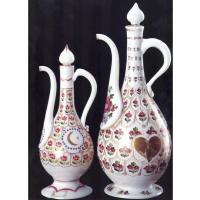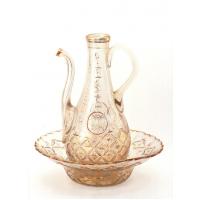Turkey in the glass history
Natural glass has existed since the beginnings of time, formed when certain types of rocks melt as a result of high-temperature phenomena such as volcanic eruptions, lightning strikes or the impact of meteorites, and then cool and solidify rapidly. Stone-age man is believed to have used cutting tools made of obsidian (a natural glass of volcanic origin also known as hyalopsite, Iceland agate, or mountain mahogany) and tektites (naturally-formed glasses of extraterrestrial or other origin, also referred to as obsidianites).According to the ancient-Roman historian Pliny (AD 23-79), Phoenician merchants transporting stone actually discovered glass (or rather became aware of its existence accidentally) in the region of Syria around 5000 BC. Pliny tells how the merchants, after landing, rested cooking pots on blocks of nitrate placed by their fire. With the intense heat of the fire, the blocks eventually melted and mixed with the sand of the beach to form an opaque liquid.
A major breakthrough in glassmaking was the discovery of glassblowing some time between 27 BC and AD 14, attributed to Syrian craftsmen from the Sidon-Babylon area.
The long thin metal tube used in the blowing process has changed very little since then. In the last century BC, the ancient Romans then began blowing glass inside moulds, greatly increasing the variety of shapes possible for hollow glass items.




